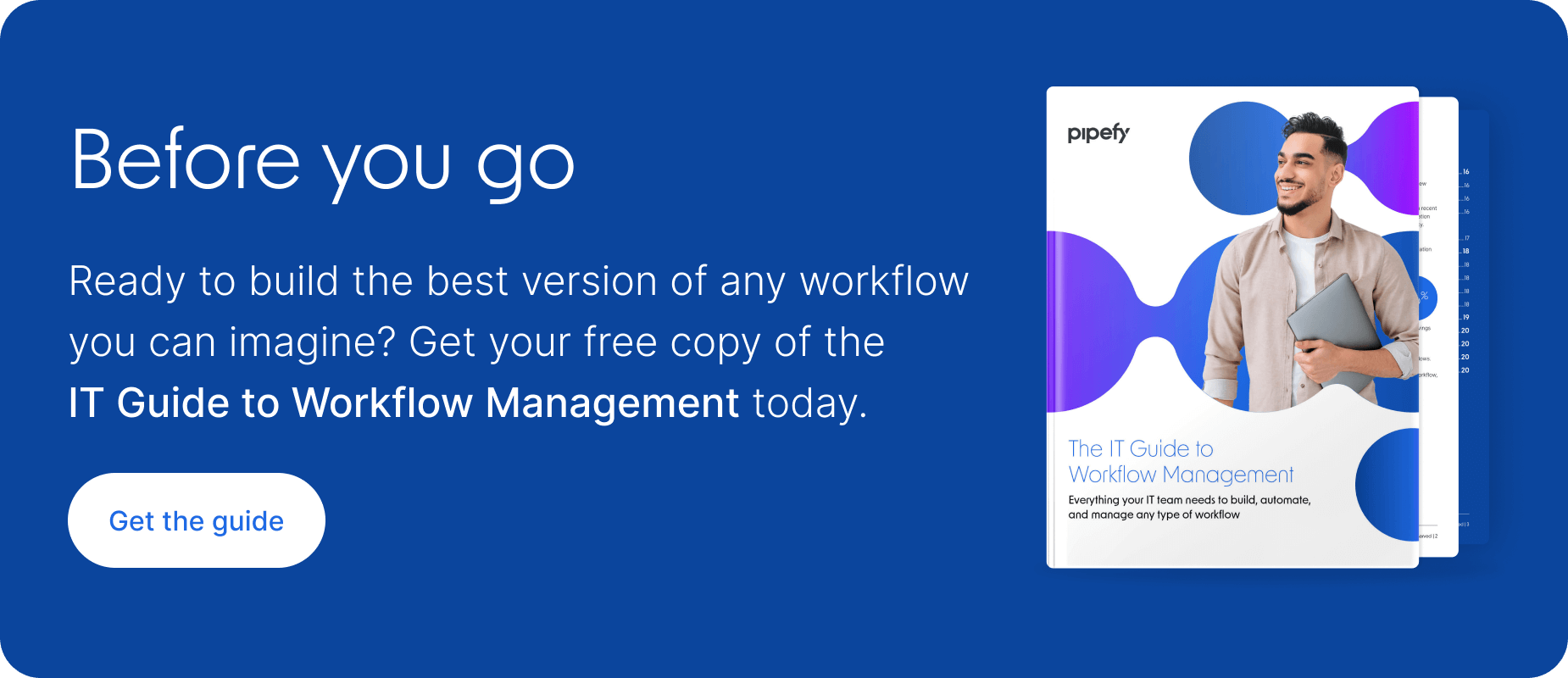
Let’s be honest — maybe your current setup gets the job done. But what about when that spreadsheet decides to crash on deadline day? Or when updating your ERP requires a week of meetings and a team of consultants? You’re definitely not alone in feeling the drag and we’ll explain why you should give a chance to Advanced Financial Automation.
A surprising number of companies are still relying on outdated tools that struggle to keep up with today’s pace. In this article, we’ll unpack what modern financial automation actually looks like — and why AI, BPA, BPM, no-code platforms, and legacy workflows are making waves.
Why Traditional Financial Software Is Starting to Fall Behind
We’ll give credit where it’s due — ERPs and CRMs have been foundational tools for decades. But times have changed, and these systems come with their fair share of friction:
- Rigid setups – Need to change one part of a workflow? Good luck… it’s a project now;
- Manual overload – All it takes is one missed input to throw everything off balance;
- Department silos – Billing, AP, and Treasury often run in separate lanes, creating bottlenecks;
- Implementation headaches – Just thinking about the rollout cost can be enough to shelve the idea.
This is exactly why more companies are looking beyond the old models and toward tools built for agility.
What’s Powering the Next Wave of Financial Automation
Instead of trying to force everything into one legacy platform, many teams are now stitching together their own flexible automation stacks. Here’s what’s making the biggest impact:
- BPM – Real-Time Control Without the Guesswork
Business Process Management (BPM) gives you a clear window into how your workflows actually run — and the ability to tweak them as needed.
Real example: Think about your investment approval process. With BPM, you can build it to run itself — complete with alerts, rules, and built-in tracking. That means fewer email threads and no more missing steps.
- BPA – Automate the Repetitive, Reclaim the Strategic
BPA (Business Process Automation) handles the tedious stuff so your team can focus where it really matters. It’s not just about speed — it’s about accuracy and consistency.
In action: From recurring payments and reimbursements to reconciliations and follow-ups, BPA makes sure they happen on time, every time — without manual errors creeping in.
These platforms are a game-changer for finance teams that don’t want to wait weeks for dev resources. They let you build and update workflows with clicks, not code.
Example: A financial analyst can build a real-time invoice tracker that triggers alerts for overdue payments — no need to write a single line of code or loop in IT.
- AI – From Reactive to Proactive Finance Ops
AI isn’t just a buzzword anymore.It’s being used right now to help finance teams act faster and make smarter calls.
Here’s how:
- Forecasting cash flow and flagging risk before it becomes a problem;
- Processing documents — like contracts and invoices — without human input;
- Automating support, so internal and external questions get answered in seconds.
Use case: AI could review your customer payment patterns and recommend credit limits that reduce the chance of late payments. That’s strategy on autopilot.
Why This All Matters
Because automation isn’t a luxury anymore — it’s a necessity. Whether you’re trying to cut costs, eliminate errors, or scale up without drowning in admin work, legacy systems simply can’t keep up.
If your finance team is still buried in spreadsheets or slowed down by old-school software, it might be time to imagine a better way forward.
Not sure where to begin? Here’s a no-pressure starting point:
- Look at the areas where you’re still doing things manually;
- Find where communication breaks down between teams;
- Test out tools like BPM, BPA, no-code, and AI;
- Prioritize platforms that integrate smoothly — like Pipefy.
Start small. Fix one bottleneck. Then build from there.
Because real financial automation isn’t just about doing more — it’s about doing better, with less.
What Financial Automation Really Delivers
| Enhanced Operational Efficiency | Automation reduces the time spent on manual and repetitive tasks, allowing finance teams to focus on higher-value activities. |
| Cost Reduction | By eliminating human errors and optimizing processes, automation helps reduce operational costs and increase profitability. |
| Greater Accuracy and Compliance | Automation minimizes errors and ensures compliance with financial regulations, reducing the risk of penalties and fines. |
| Strategic Decision-Making | With accurate, real-time financial data, managers can make more informed and strategic decisions, driving business growth. |
| Improved Visibility and Control | Automation provides a comprehensive view of the company’s finances, enabling real-time monitoring of cash flow, expenses, and revenues. |
| Scalability and Flexibility | Automation allows companies to handle an increasing volume of financial transactions without proportionally expanding the team, ensuring the scalability and flexibility needed for growth. |
If leading the pack in financial automation is part of your roadmap, it’s worth exploring what Pipefy can offer. From fast deployments to AI-powered process agents, it’s built to grow with you.
Ready to see it in action? A quick demo is just a click away.







